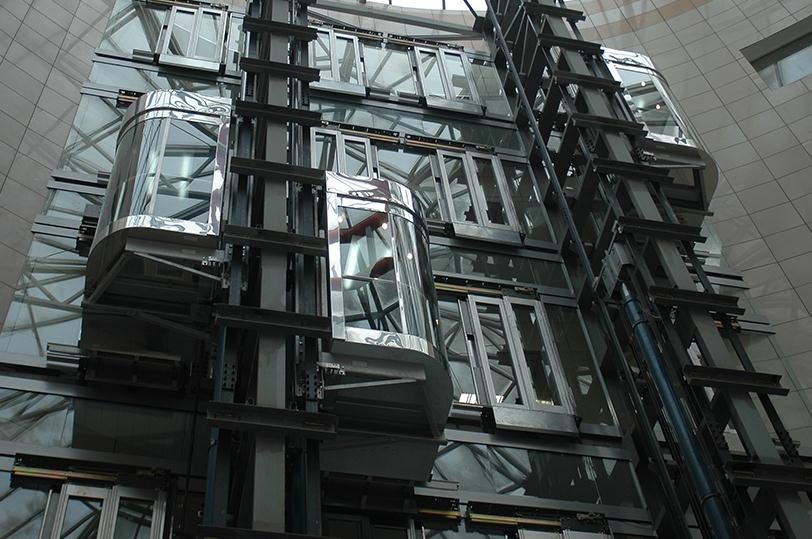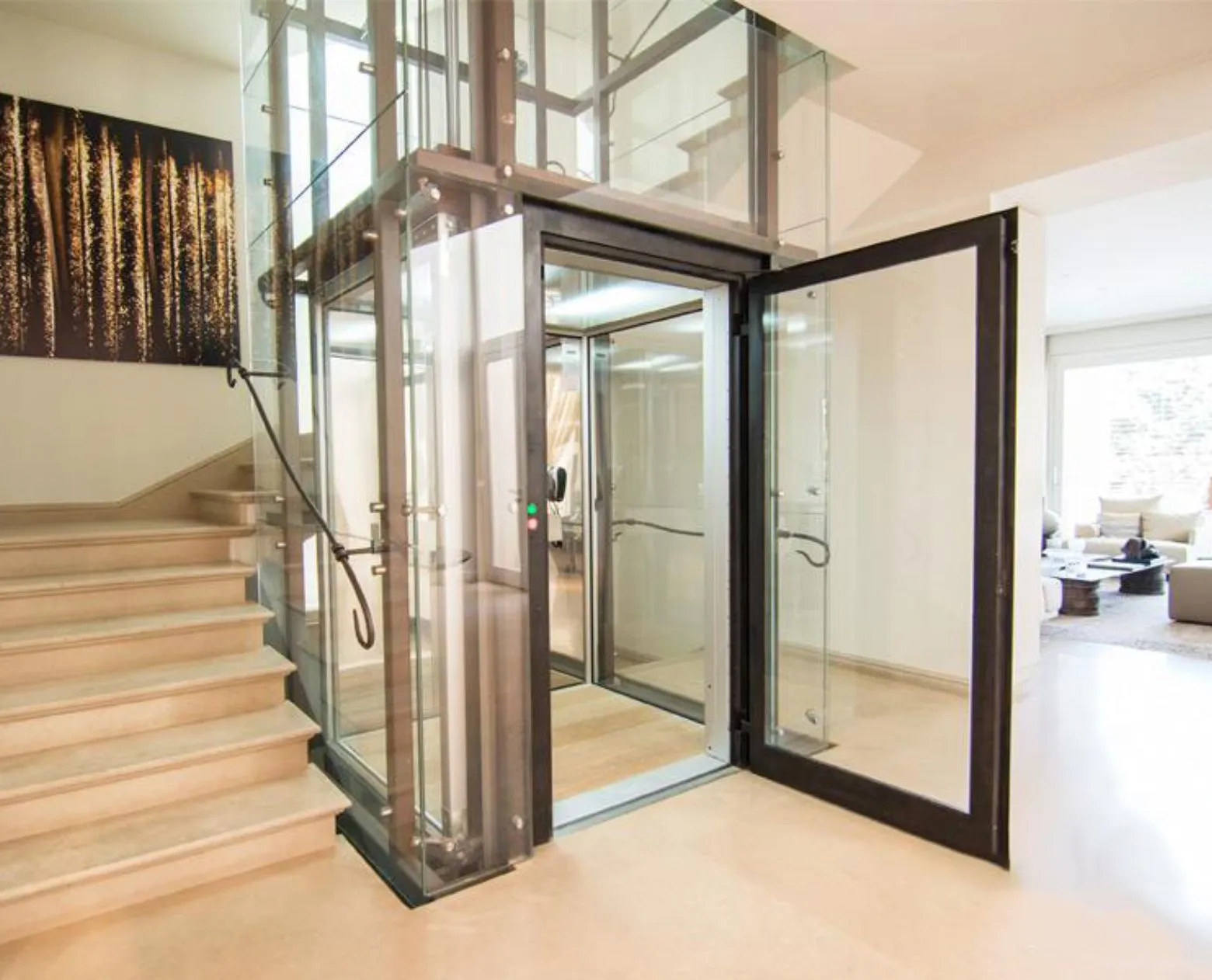Copyright ©2021 All rights reserved | Made with by call4digitalsolutions.com .
Hydraulic elevators are a popular type of lift system used in both residential and commercial buildings. They operate using a hydraulic piston that moves the elevator car up and down. Hydraulic lifts are known for their smooth and controlled movement, making them suitable for buildings with a moderate number of floors. Here’s an overview of their features and functionality:
1. How Hydraulic Elevators Work:Mechanism: Hydraulic elevators operate by using a fluid-driven piston inside a cylinder. A pump forces hydraulic oil (or other fluids) into the cylinder, pushing the piston up and raising the elevator car. To descend, a valve releases the fluid back into a reservoir, allowing the car to lower smoothly.
2. Types of Hydraulic Elevators:Direct Acting Hydraulic Elevators: The piston is directly attached to the bottom of the elevator car, providing a direct lift. This type is suitable for low-rise buildings and is simple in design but requires more space for the cylinder.
Indirect Acting Hydraulic Elevators: Uses a system of ropes and a pulley to move the elevator. The piston pushes the ropes that, in turn, move the car. This allows for a smaller cylinder and is ideal for buildings with space constraints.
Hole-less Hydraulic Elevators: These elevators do not require a deep borehole, making them suitable for buildings where digging a hole for the piston is impractical. They use telescopic pistons mounted at the sides, reducing installation complexity.
3. Advantages of Hydraulic Elevators:Smooth Ride: The hydraulic system allows for a smooth and comfortable ride, making it ideal for applications where precise movement is needed, such as hospital elevators or home lifts.
Cost-Effective: Hydraulic lifts are generally less expensive to install compared to traction elevators, especially in low-rise buildings (2-6 floors).
Space Flexibility: While hydraulic lifts require a machine room, they don’t need a dedicated overhead space like traction elevators, making them more flexible for certain building designs.


Send Enquiry :